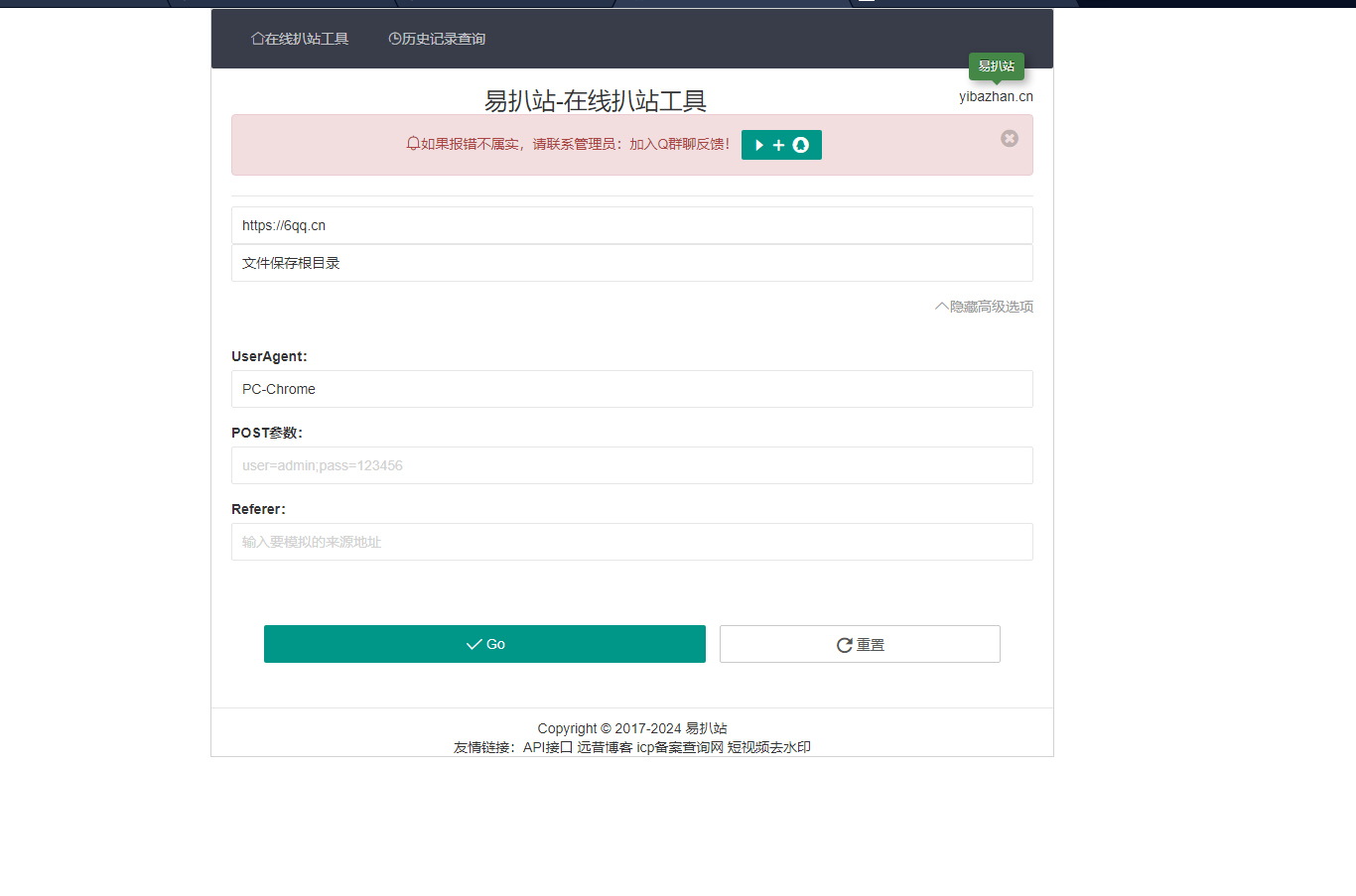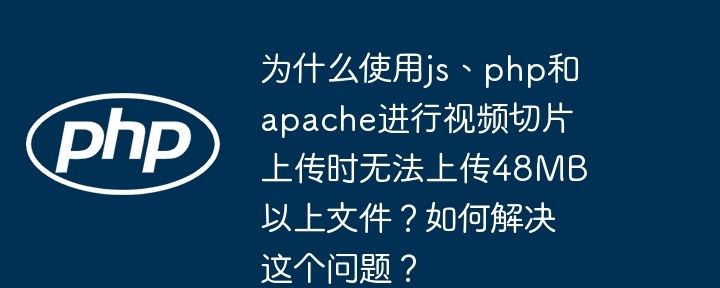在 JavaScript 中處理網(wǎng)絡(luò)請(qǐng)求超時(shí)可以使用 xmlhttprequest 或 fetch api。1) 使用 xmlhttprequest 時(shí),通過 settimeout 函數(shù)設(shè)置超時(shí)時(shí)間,并在超時(shí)時(shí)調(diào)用 xhr.abort() 取消請(qǐng)求。2) 使用 fetch api 時(shí),結(jié)合 abortcontroller 來實(shí)現(xiàn)超時(shí)處理,通過 signal 選項(xiàng)取消請(qǐng)求。

在 JavaScript 中處理網(wǎng)絡(luò)請(qǐng)求超時(shí)是一個(gè)常見且重要的主題,特別是在開發(fā)需要高響應(yīng)性和用戶體驗(yàn)的應(yīng)用時(shí)。讓我們深入探討如何實(shí)現(xiàn)這一功能,并分享一些實(shí)用的經(jīng)驗(yàn)。
處理網(wǎng)絡(luò)請(qǐng)求超時(shí)意味著我們需要在一定時(shí)間內(nèi)沒有收到響應(yīng)時(shí),采取一些措施,比如取消請(qǐng)求、顯示錯(cuò)誤信息或者重試請(qǐng)求。JavaScript 提供了多種方法來實(shí)現(xiàn)這一功能,其中最常用的是使用 XMLHttpRequest 或 fetch API 結(jié)合 setTimeout 函數(shù)。
讓我們從一個(gè)簡單的 XMLHttpRequest 示例開始:
function makeRequest(url, timeout) { const xhr = new XMLHttpRequest(); let timeoutId; xhr.open('GET', url, true); xhr.onload = function() { if (xhr.status === 200) { console.log('請(qǐng)求成功:', xhr.responseText); } else { console.log('請(qǐng)求失敗:', xhr.statusText); } clearTimeout(timeoutId); }; xhr.onerror = function() { console.log('請(qǐng)求錯(cuò)誤'); clearTimeout(timeoutId); }; xhr.send(); timeoutId = setTimeout(function() { xhr.abort(); console.log('請(qǐng)求超時(shí)'); }, timeout); } makeRequest('https://example.com', 5000);
在這個(gè)例子中,我們使用 XMLHttpRequest 發(fā)起一個(gè) GET 請(qǐng)求,并設(shè)置了一個(gè) 5 秒的超時(shí)時(shí)間。如果在 5 秒內(nèi)沒有收到響應(yīng),setTimeout 函數(shù)會(huì)觸發(fā),調(diào)用 xhr.abort() 來取消請(qǐng)求。
然而,使用 XMLHttpRequest 雖然功能強(qiáng)大,但它的 API 相對(duì)較為復(fù)雜且不那么現(xiàn)代化。現(xiàn)代的 JavaScript 開發(fā)中,更推薦使用 fetch API,它提供了更簡潔和現(xiàn)代化的方式來處理網(wǎng)絡(luò)請(qǐng)求和超時(shí)。
下面是一個(gè)使用 fetch API 處理超時(shí)的示例:
function fetchWithTimeout(url, timeout) { return new Promise((resolve, reject) => { const controller = new AbortController(); const signal = controller.signal; setTimeout(() => { controller.abort(); reject(new Error('請(qǐng)求超時(shí)')); }, timeout); fetch(url, { signal }) .then(response => { if (response.ok) { return response.text(); } else { throw new Error('請(qǐng)求失敗'); } }) .then(data => resolve(data)) .catch(error => { if (error.name === 'AbortError') { reject(new Error('請(qǐng)求超時(shí)')); } else { reject(error); } }); }); } fetchWithTimeout('https://example.com', 5000) .then(data => console.log('請(qǐng)求成功:', data)) .catch(error => console.log('請(qǐng)求錯(cuò)誤:', error.message));
在這個(gè)例子中,我們使用 AbortController 和 fetch API 來實(shí)現(xiàn)超時(shí)處理。AbortController 允許我們通過 abort 方法來取消請(qǐng)求,而 fetch API 則通過 signal 選項(xiàng)來接受這個(gè)控制器。
使用 fetch API 的優(yōu)點(diǎn)在于其簡潔性和現(xiàn)代性,但需要注意的是,fetch API 的超時(shí)處理需要額外的 polyfill 來支持舊版瀏覽器。
在實(shí)際開發(fā)中,我發(fā)現(xiàn)處理超時(shí)時(shí)需要考慮以下幾點(diǎn):
- 重試機(jī)制:有時(shí)請(qǐng)求超時(shí)可能是由于網(wǎng)絡(luò)波動(dòng)造成的,實(shí)現(xiàn)一個(gè)重試機(jī)制可以提高請(qǐng)求的成功率。
- 用戶反饋:在請(qǐng)求超時(shí)時(shí),給用戶提供明確的反饋,比如顯示一個(gè)錯(cuò)誤消息或提示用戶重試。
- 超時(shí)時(shí)間的設(shè)置:超時(shí)時(shí)間的設(shè)置需要根據(jù)具體的應(yīng)用場景來決定,太短可能導(dǎo)致不必要的超時(shí),太長則可能影響用戶體驗(yàn)。
在性能優(yōu)化方面,使用 fetch API 結(jié)合 AbortController 可以提供更好的性能,因?yàn)樗试S我們更精細(xì)地控制請(qǐng)求的生命周期。相比之下,XMLHttpRequest 的超時(shí)處理雖然簡單,但缺乏靈活性。
總的來說,處理網(wǎng)絡(luò)請(qǐng)求超時(shí)是前端開發(fā)中不可或缺的一部分。通過合理使用 XMLHttpRequest 或 fetch API,我們可以有效地管理請(qǐng)求超時(shí),提升應(yīng)用的用戶體驗(yàn)和穩(wěn)定性。
.jpg)
















.png)
